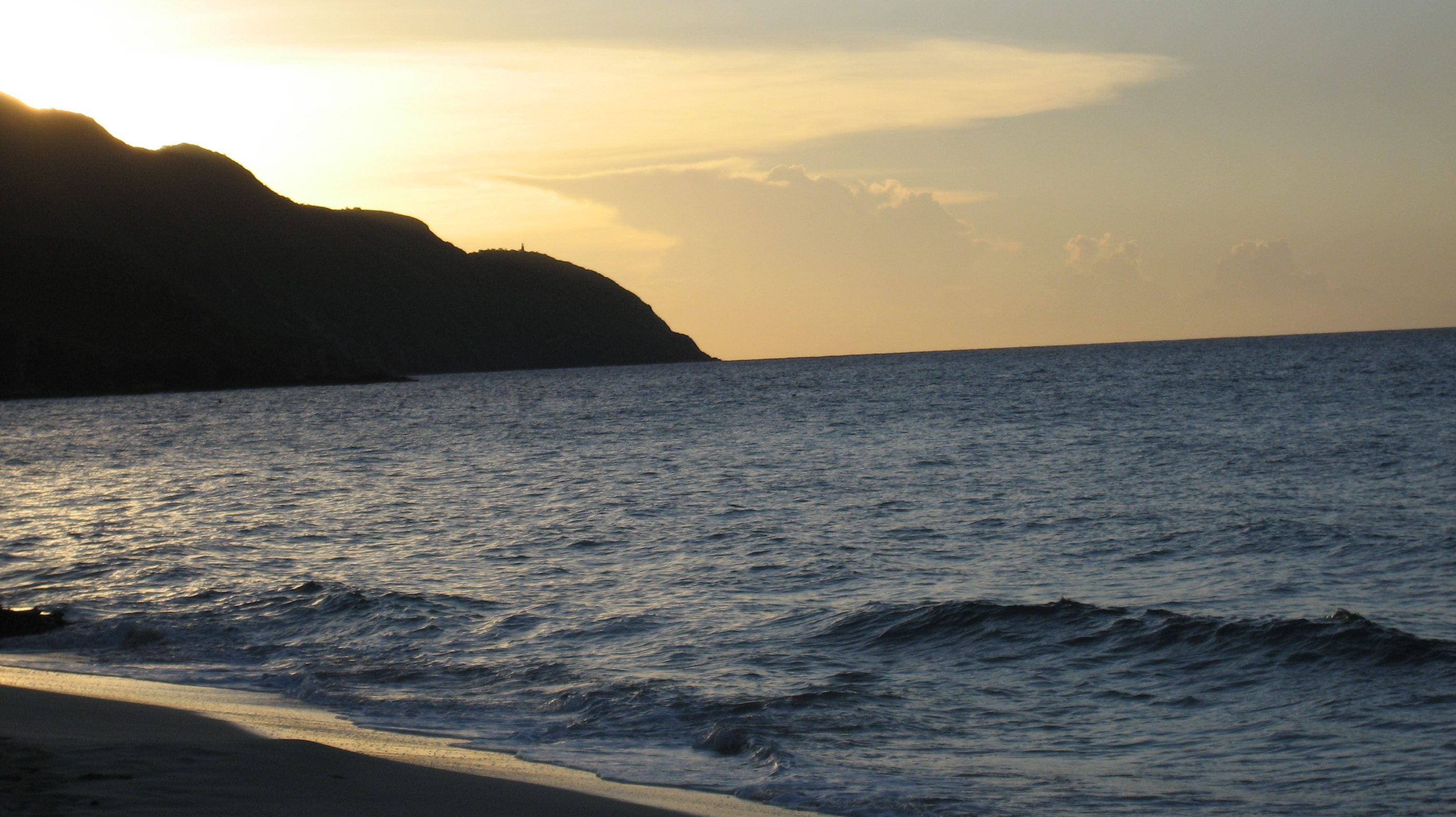A new paper appearing in the International Journal of Environmental Research and Public Health examines how the presence of children’s open wounds and abrasions during play at the beach may put them at greater risk of skin infections from marine bacteria and other pathogens they encounter. The study finds that children with existing or newly-acquired wounds while at the beach are more susceptible to infection. It also discusses possible adverse health effects from Vibrio vulnificus due to its prevalence in recreational waters and its potential to cause severe infection.
“Last summer, there were a number of stories about “flesh-eating bacteria” in the news, with several of these infections being acquired at Florida beaches,” said Maribeth Gidley, a microbiologist with the Cooperative Institute for Marine and Atmospheric Studies (CIMAS). “While there are a number of bacteria responsible for necrotizing fasciitis (flesh-eating disease) when acquired in marine waters, Vibrio vulnificus is usually the cause. This bacteria typically needs a portal of entry such as a skin abrasion to cause infection. Children may be less aware than adults of prior or new skin injuries acquired when playing at the beach, and what risk they could pose.”
This study expands on the BEACHES project (Beach Exposure And Child Health Study) that pairs child behavioral science with environmental contamination risk to evaluate how children interact with the beach environment; specifically, how their behavior affects their exposure to beach contaminants such as harmful bacteria and chemicals.
Researchers used genetic markers developed at AOML to identify sources of bacteria and to assess their individual threat. BEACHES scientists then recruited volunteer families with young children to visit two recreational beaches in Miami-Dade County, Florida, and two beaches in Galveston County, Texas. Their goal was to observe how children interacted with the beach environment during typical play sessions.
“The study is unique in that it documented the number and types of wounds (e.g. cuts versus insect bites) and also documented play behavior through videotaping technology,” said Helena Solo-Gabriele, environmental engineer and Associate Dean for Research at the University of Miami College of Engineering. “This information collected can be used to better estimate children’s risks to infection during beach play.”
Scientists discovered that more than half of the children had at least one pre-existing abrasion before visiting the beach. Children who acquired new abrasions most often played in seawater, with most wounds occurring on exposed skin, such as the knees.
Since 2008, the Florida Department of Health has reported an increasing number of Vibrio vulnificus cases, stating that it is a rare, but underreported disease. Most Vibrio illnesses are contracted by eating contaminated seafood or by wound exposure. It is a naturally occurring marine bacteria species that proliferates in low salinity waters and warmer temperatures, with the highest rates of infection occurring in the summer.
The Food and Drug Administration reports a 51.6% mortality rate for individuals who acquire this infection. Those most vulnerable to bacterial infections from marine recreational water at beaches include young children that tend to contract wounds during play activities, adults above the age of 64, and those with chronic diseases or weakened immune systems.
This study suggests that the risk of infection can be decreased if parents or guardians identify open abrasions and cover them with waterproof bandages prior to allowing children to play in a marine environment.
“Both children and adults are at risk for skin infections when playing or recreating at a beach setting. This certainly shouldn’t stop people from going to the beach, but instead use basic precautions, such as using waterproof bandages on open skin abrasions and immediately washing with soap and water any newly acquired scrapes or scratches,” Gidley said.
The BEACHES project is a collaboration between AOML, CIMAS, the University of Miami’s College of Engineering, along with the Universities of Texas, Arkansas, and North Carolina A&T.
This project aims to aid beach managers in making more informed decisions about beach closures and activities and to empower individuals and families in making wise beachgoing decisions.
